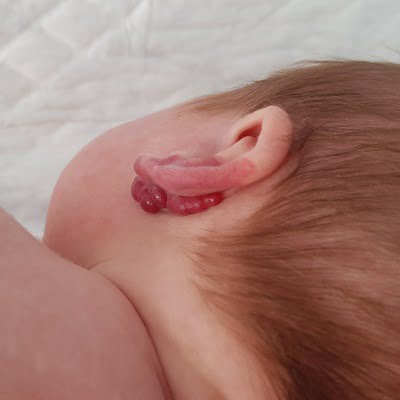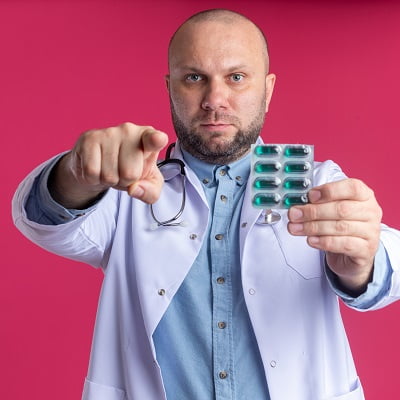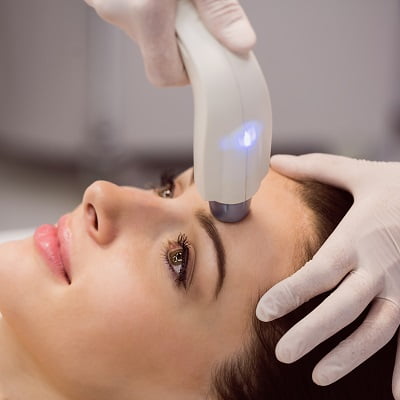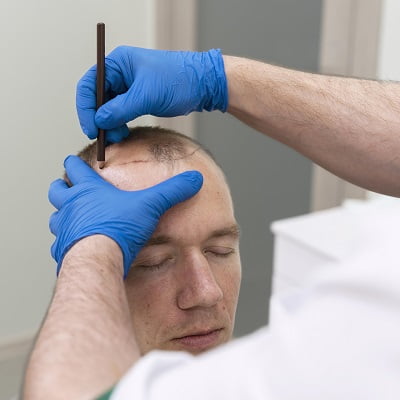On your skin, hemangiomas are normal blood vessel growths. These growths can show up anywhere on your body as red or purple lumps. although they are most common on the face, chest, and back. Hemangiomas typically pose no threat and tend to disappear on their own. Many people ask frequently When to treat and when not to treat hemangiomas. You have to visit a Royal Cosmetic Clinic where they will examine your condition and let you know.
In this blog post, you will learn about how to treat hemangiomas and what time is best to treat them. So, take a moment and read the following details.
What Are Hemangiomas?
Hemangiomas are benign (non-cancerous) tumours that are made up of a tangle of blood vessels. They can occur anywhere in the body, but most commonly appear on the skin or in the liver. Hemangiomas are most common in infants and typically disappear on their own as the child grows older.
They can range in size from a few millimetres to several centimetres and can be raised or flat. Some hemangiomas may require treatment if they cause problems such as bleeding, infection, or difficulty breathing.
Major Causes:
Hemangiomas are benign tumours of blood vessels that can occur anywhere on the skin or internal organs. The exact cause of hemangiomas is still unknown. But sometimes, they are thought to develop from a proliferation of blood vessels during embryonic development.
Some risk factors for the development of hemangiomas include prematurity, female gender, and certain genetic conditions. In rare cases, hemangiomas can be associated with other medical conditions such as chromosomal abnormalities or metabolic disorders.
How To Treat It?
There are several treatment options for hemangiomas, and the best option depends on the location, size, and severity of the hemangioma. Some common treatment options include:
- Corticosteroid therapy.
- Laser therapy.
- Surgical procedure.
- Interferon.
- Propranolol.
It is important to keep in mind that Hemangiomas treatment should be done by a specialist, such as a dermatologist, pediatric dermatologist, or plastic surgeon, to determine the best treatment plan based on the characteristics of the hemangioma, and also to monitor progress and potential side effects.
What Is The Best Time To Treat Them?
They are typically treated if they are causing functional or cosmetic problems or if they are at risk of becoming ulcerated or infected. Some indications for treatment include hemangiomas that are located on the face or near vital structures, hemangiomas that are causing airway obstruction, or hemangiomas that are causing problems with vision or feeding.
Treatment options for hemangiomas include corticosteroids, propranolol, laser therapy, and surgery. The best treatment option will depend on the location and size of the hemangioma, as well as the patient’s overall health.
When Not To Treat Hemangiomas?
On the other side, they typically do not require treatment unless they are causing problems such as bleeding, infection, or functional or cosmetic issues. If a hemangioma is not causing any problems and is not at risk of causing problems in the future, it may not need to be treated.
In addition, some hemangiomas may be too large or located in an area that makes treatment difficult or impossible. In such cases, monitoring the lesion with regular check-ups is the best option.
All Summed Up!
Therefore, people who are concerned about their appearance and health may have serious concerns about hemangiomas. Fortunately, you can get this issue handled by a competent professional. At the royal cosmetic clinic, our dermatologists will let you know When to treat and when not to treat hemangiomas. We use their knowledge and experience to get rid of these vascular growths and restore the appearance of your skin.












Book Appointment